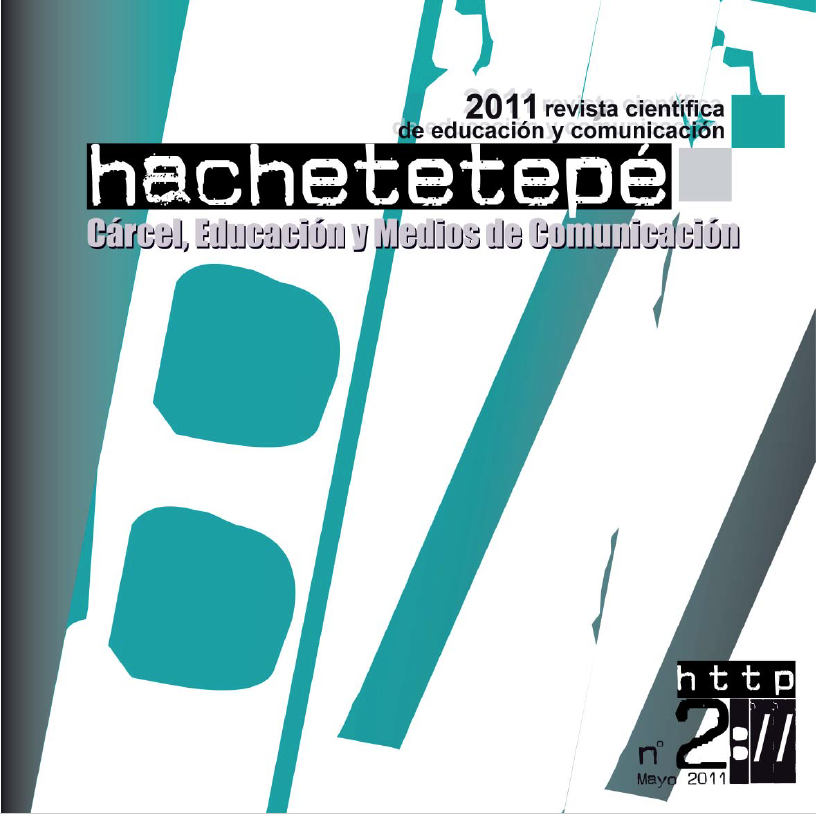Penitenciary institutions, education and the media

Info
Abstract
This paper describes the informative treatment which the penitenciary question usually receives in our country and the reasons why it happens.
It is about the identification between the morbid and the question of what is considered as to be to published out, the article also denaunces the practise of omitting information, and claim to value and to acknowledge the importance of many social programmes, and life histories existing in prison, seeing them as a positive example and as a model to follow in order to erase the harmful stereotypes that affect the living inside prison and make the return to normal life for ex convicts more difficult.
Keywords
Downloads
How to Cite
License

This work is licensed under a Creative Commons Attribution-NonCommercial-NoDerivatives 4.0 International License.
Those authors who have published with this journal, accept the following terms:
- They will retain their copyright and guarantee the journal the right to first publication of their work, which will simultaneously be subject to the Creative Commons Attribution License . They may be copied, used, disseminated, transmitted and publicly displayed, provided that the authorship, url, and magazine are cited, and are not used for commercial purposes. No derivative works are allowed.
- They may adopt other non-exclusive license agreements for the distribution of the published version of the work (e.g., deposit it in an institutional telematic archive or publish it in a monographic volume) provided that the initial publication in this journal is indicated.
- Disseminate your work through the Internet (e.g., in institutional telematic archives or on your website) once the manuscript is accepted, which may lead to interesting exchanges and increased citations of the published work. (See The effect of open access).
Hachetetepé. Scientific journal of education and communication does not charge a fee for the submission of manuscripts or for the publication of its articles.
References
Arnanz Villalta E. (1989).Cultura y prisión. Madrid: Popular.
Bernabé Fraguas J. (2009).El periodismo preventivo y los observatorios de medios. Madrid: Catarata.
Calaf, R.M. (2008). El papel y la responsabilidad de los medios de comunicación en la construcción de la paz y el entendimiento intercultural. Madrid:Los retos del siglo XXI: Arnanz
Villalta E. (2009). Ciudadanía y Globalización; una reflexión desde el Tercer Sector. Documentos para el debate de la Fundación Esplai. 3; 10-60.
Marhuenda Fluixá A. (2006). ¡Coge la lupa! El sur en los periódicos. Cuadernos Cristianismo y Justicia. 139; 5-31.
Puig JM. (2008).Educació per a la Ciutadania. Aprenentatge servey. Centros i Entorn. Barcelona: Proyecto piloto impulsado por el Departamento de Educación de la Generalitat de Catalunya.

